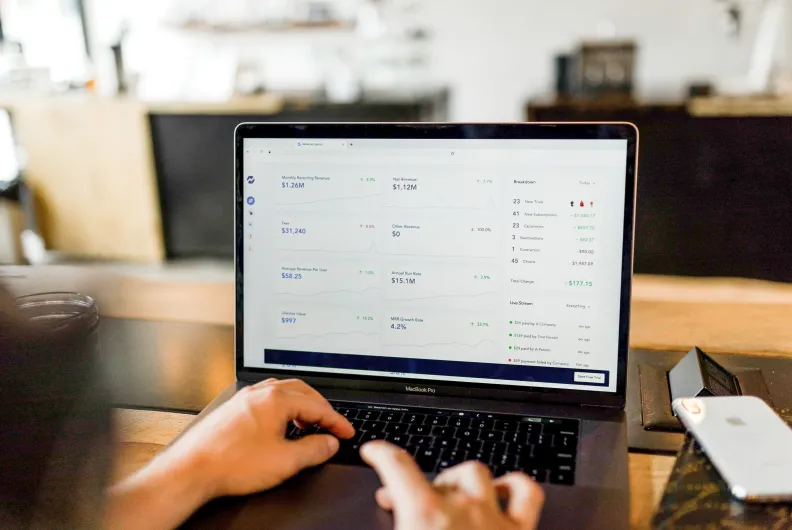Work Smarter, Not Harder With Google Analytics 4
This article was last updated in December 2021.
In October 2020 Google released a new version of its analytics tracking — Google Analytics 4. Google Analytics 4 (GA4) has been in a beta version known as App+Web property since July of 2019.
Google released GA4 in response to major shifts in consumer behaviour, changes in the privacy collection industry, and to marketers' calls for more effective ways to derive insights from their data.
GA4 is the next generation of analytics tracking. As of now GA4 will be the default experience for new websites setting up Google Analytics tracking. Just as Google Analytics has evolved over the years moving from the Classic (ga. js) to Universal Analytics (analytics. js), GA4 will likely become the primary analytics tracking method in the near future.
We encourage you to create a new Google Analytics 4 property. You can do this alongside your existing analytics without changing, or impacting your current data. This will allow you to start gathering data now even if you don’t have immediate plans, or capacity to start digging into Google’s new analytics platform.
Why use the new Google Analytics 4?
It’s going to become the standard of the future in terms of using Google Analytics. GA4 is going to give you smarter insights to improve your marketing decisions and get better ROI. For readers who’d like to dig deeper you can read more on the Google Marketing Platform blog — Introducing the new Google Analytics.
One of the most significant shifts with GA4 is the shift to an event-based model for collecting data. GA4 is going to enable you to get a more unified picture of engagement, and gain actionable insight into customer’s cross-platform journeys.
The new GA4 property type has a more flexible way of collecting the unique interactions that users have with your content. It will allow you to measure any custom event that you set up.
This approach means you’ll be able to automate the manual work of tagging some of the events with no additional coding required. You’ll be able to measure many common web events like scrolls, downloads, video views and more with just a simple setting in the administration area of Google Analytics.
A shift to event-based model really speaks to more customer-centric data measurement. GA4 will give you a more complete view of your customers interactions, and engagement with your digital experience.
GA4 is utilizing Google’s existing machine learning models. This means that you’ll be able to identify products, and content that have a rising demand because of new customer needs. If you’re currently using Google Ads, then the new GA4 also has deeper integrations with that advertising platform.
Google is going to continue to move forward with the new version of Google Analytics. Getting a new GA4 property set up now will allow you to start collecting data, and benefit from the latest innovations as they become available. Keep in mind your current Google Analytics remains untouched and intact as is.
Setting up a GA4 property
We’ve prepared a short video to show you how to do this step-by-step. You’ll need administrator privileges for Google Analytics, and be using Google Tag Manager.
As we learn more about the new GA4 we’ll be sure to share here. If you have questions about setting up your new GA4 property please contact us.








